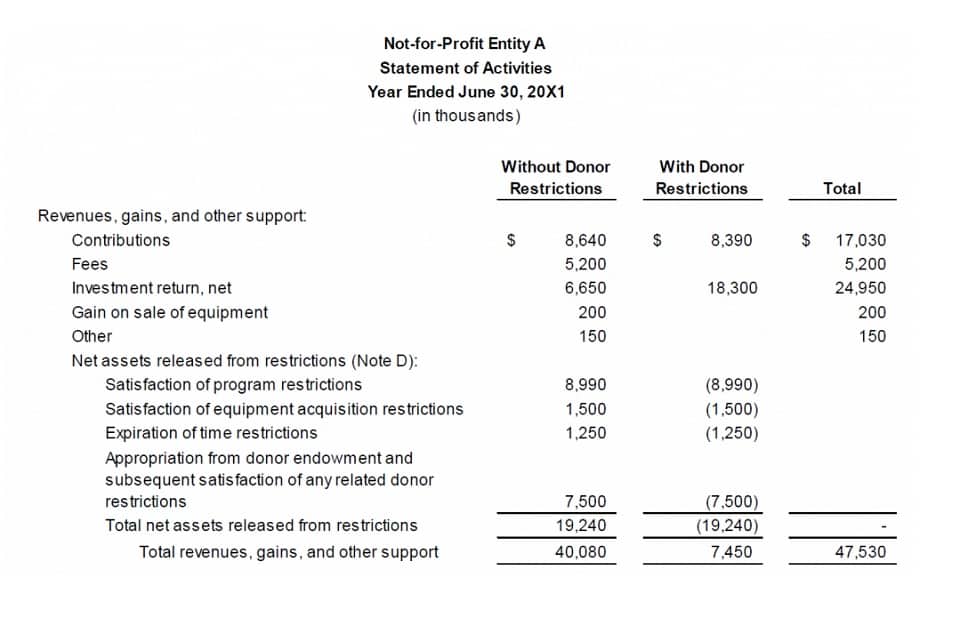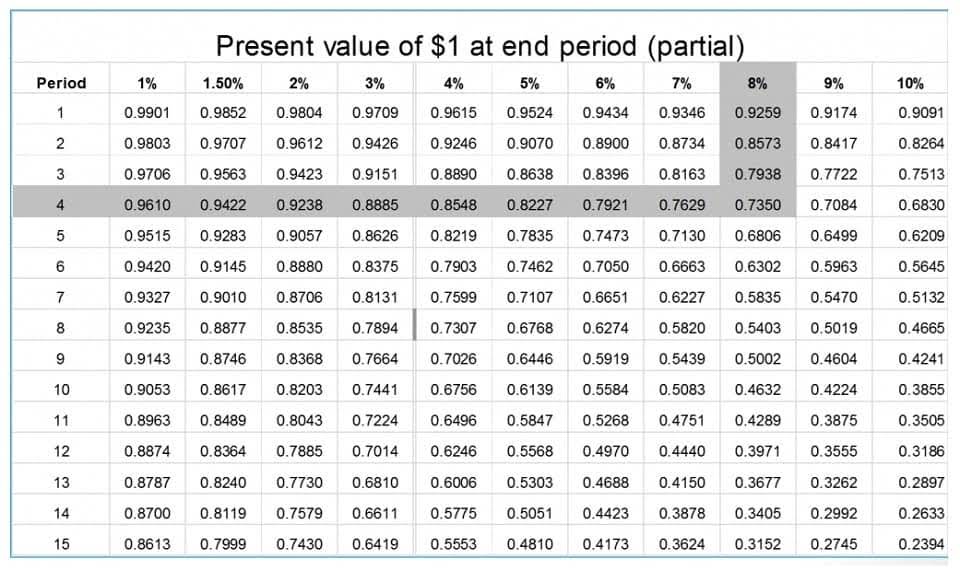Content

In Partnership Accounting admission of a partner is one of the important events that take place. Their capitals as of April 01, 2015, were Rs. 50,000 and Rs. 1,00,000 respectively.
- If partners pay themselves high salaries, net income will be low, but it does not matter for tax purposes.
- A partnership capital account is an account in which all the transactions between the partners and the firm are to be recorded.
- Assume also that net income of the partnership was $100,000 and the two partners received allowances as indicated in the table below.
- If a retiring partner withdraws cash or other assets equal to the credit balance of his capital account, the transaction will have no effect on the capital of the remaining partners.
- After that period elapses, it requires purchase at an affordable price that starts at $15.
If there is no partnership agreement or the agreement does not explicitly stipulate the sharing of profits and losses, then it would be shared equally. Contents of partnership agreement1) Name and address of both the firm and the partners 2) Capital to be contributed by each partner 3) The profit sharing ratios that may be expressed as a fraction or as a percentage.
What is Partnership Capital Account?
A partnership capital account is an account in which all the transactions between the partners and the firm are to be recorded. With the preparation of the partnership capital account, it becomes easy to distribute the assets and liabilities to the partners and becomes easy to settle the account at the time of admission or retirement of partners. While much of the accounting for partnerships is the same as the accounting for other forms of organization, those interested partnership accounting in joining a partnership should be aware of some of the other characteristics of partnerships. This means that if the partnership does not have the assets to cover its obligations each partner is individually responsible for the partnership's debts. In addition, partnerships are not considered to be separate entities for tax purposes. As such, each partner is taxed on the net income of the partnership, whether it is distributed to the partners or not.

When the partner makes a cash withdrawal of moneys he received as an allowance, it is treated as a withdrawal, or drawing. The order process, tax issue and invoicing to end user is conducted by Wondershare Technology Co., Ltd, which is the subsidiary of Wondershare group. For the complicated bit will be where goodwill account is not to be opened. Even though it’s complicated but you don’t actually need to do a lot of work! It is pretty simple but for additional information, you will need to know the before and after adjustment of goodwill which is shown below.
Accounting for a Partnership
Except for the number of partners' equity accounts, accounting for a partnership is the same as accounting for a sole proprietor. Each partner has a separate capital account for investments and his/her share of net income or loss, and a separate withdrawal account. A withdrawal account is used to track the amount taken from the business for personal use.
What is the main purpose of a partnership?
A partnership is a kind of business where a formal agreement between two or more people is made who agree to be the co-owners, distribute responsibilities for managing an organization and communicate the income or failures that the firm creates. The aim of partnership firms are: To turn a profit at maximum level.
Goodwill is the value of the reputation of a firm built over time with respect to the expected future profits over and above the normal profits. A well-established firm earns a good name in the market, builds trust with the customers and also has more business connections as compared to a newly set up business.
Share via
Further, the level of interest is determined by the amount of capital contribution such that the more one has interest in the partnership the more the capital contribution he or she makes. On the other hand, a partner with lesser interest will also contribute less capital towards the partnership. This is the reason why all the partners has to state categorically in the partnership deed the ratio of capital contribution. Therefore, the bigger the ratio the more the interest the partner has towards the partnership as we has observed earlier. Moreover, the basis of the partnership can be changed with the transactions like salary and interest to partners, which can sometimes create conflicts between the partners.
- When normal operations are discontinued, adjusting and closing entries are made.
- The balance of the deceased partner's capital account is then transferred to a liability account with the deceased's estate.
- Sometimes a partner is admitted into the firm with a guarantee of a particular minimum amount by way of his share of profits of the firm.
- Assume that Partner A and Partner B admit Partner C as a new partner, when Partner A and Partner B have capital interests $30,000 and $20,000, respectively.
- As the partnership business progresses, the partner’s share of the partnership profits is added to this account.
- A general partnership only has general partners also called unlimited partners.
It is based on the accounting equation that states that the sum of the total liabilities and the owner's capital equals the total assets of the company. If the partners decide to liquidate the assets of the partnership and cease operating the business, this is known as winding up. Hopefully, there are enough assets in the partnership to satisfy creditors and extinguish the partnership liabilities. If so, any excess of assets over the liabilities is distributed to the partners. In most cases, this distribution will be in the proportion that the partners normally share profits and losses. However, the partnership agreement may provide for a different ratio upon liquidation.
Equal proportion reduction
He shall be liable to indemnify for the losses caused due to his negligence or breach of the agreement. If so, he shall be accountable for the profit made by such a competitive business. It is the duty of every partner to conduct the business diligently and in accordance with the law of the nation. About the Author - Dr Geoffrey Mbuva(PhD-Finance) is a lecturer of Finance and Accountancy at Kenyatta University, Kenya.

For calculation of interest, the amount would be taken as six months, which is that the average period assuming, that quantity is withdrawn evenly within the middle of the month, throughout the year. The profit and Loss Appropriation Account is simply an extension of the Profit and Loss Account of the firm. All entries in respect of partner’s salary, partner’s commission, interest on capital, interest on drawings, etc. are made through this account. It starts with internet profit/net loss as per Profit and Loss Account is transferred to the present account. Adjustments for drawings salary, interest on capital, etc. are made within the current accounts and not within the capital accounts. When partners contribute capital, it implies that they have invested their financial or non-financial resources with an anticipation of getting some returns which is in many forms such as dividends or interest on capital. This interest represents the forfeited current benefits with expectation of a gain in the future.
Formation of partnership
These payments go to the partners directly, not to the business. The partners' equity section of the balance sheet reports the equity of each partner, as illustrated below.
What are some examples of partnership companies?
- Red Bull & GoPro.
- Sherwin-Williams & Pottery Barn.
- West Elm & Casper.
- Dr. Pepper & Bonne Belle.
- Louis Vuitton & BMW.
- Spotify & Uber.
In the United States, a partnership must issue a Schedule K-1 to each of its partners at the end of its tax year. This schedule contains the amount of profit or loss allocated to each partner, and which the partners use in their reporting of personal income earned. For the second part of this article series, refer to Basics of partnership accounting, part II. Goodwill is generally the reputation which the partnership firm has gained over the years and it is this reputation that generally translates into monetary terms and gives expected future profits.